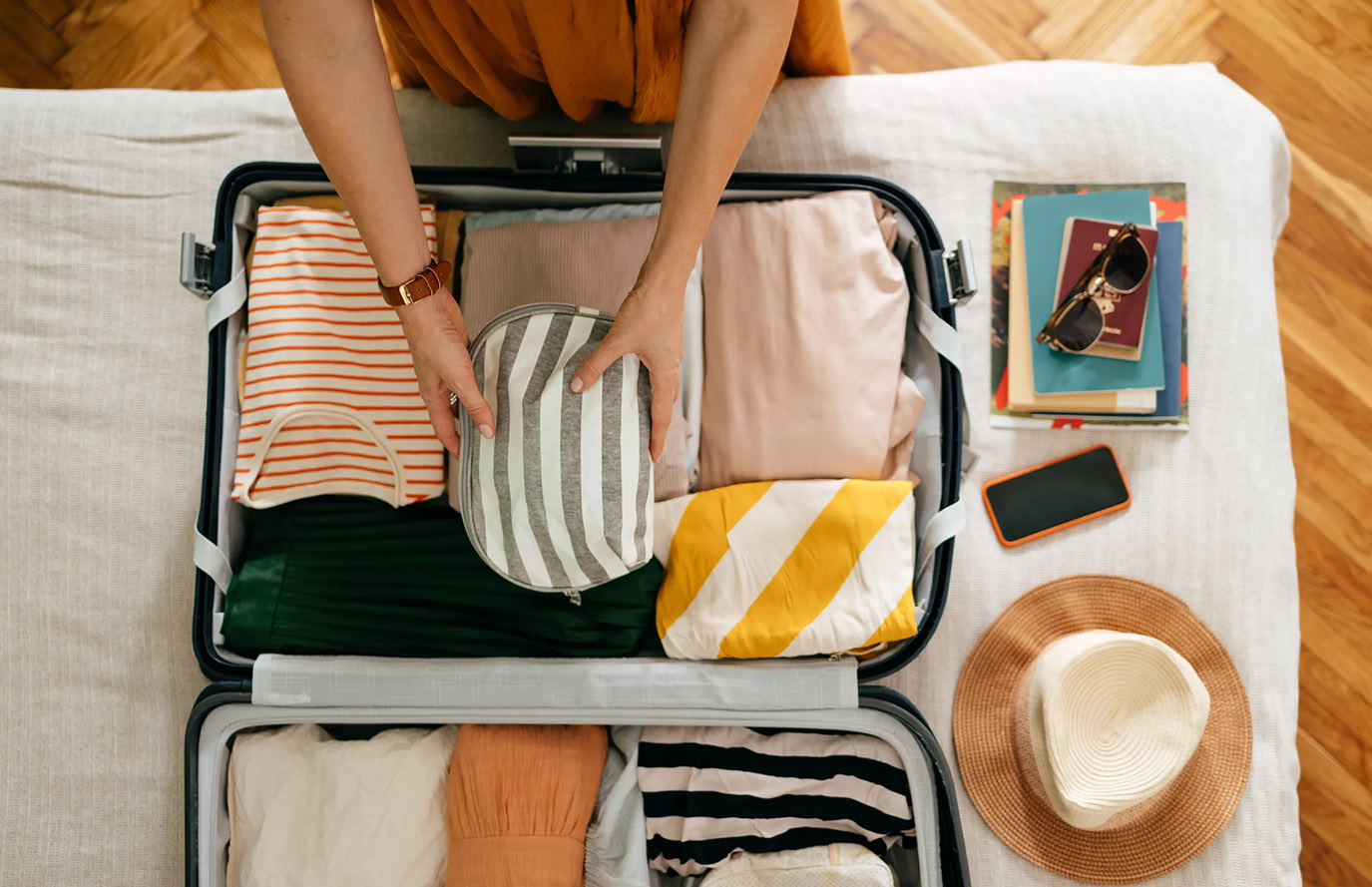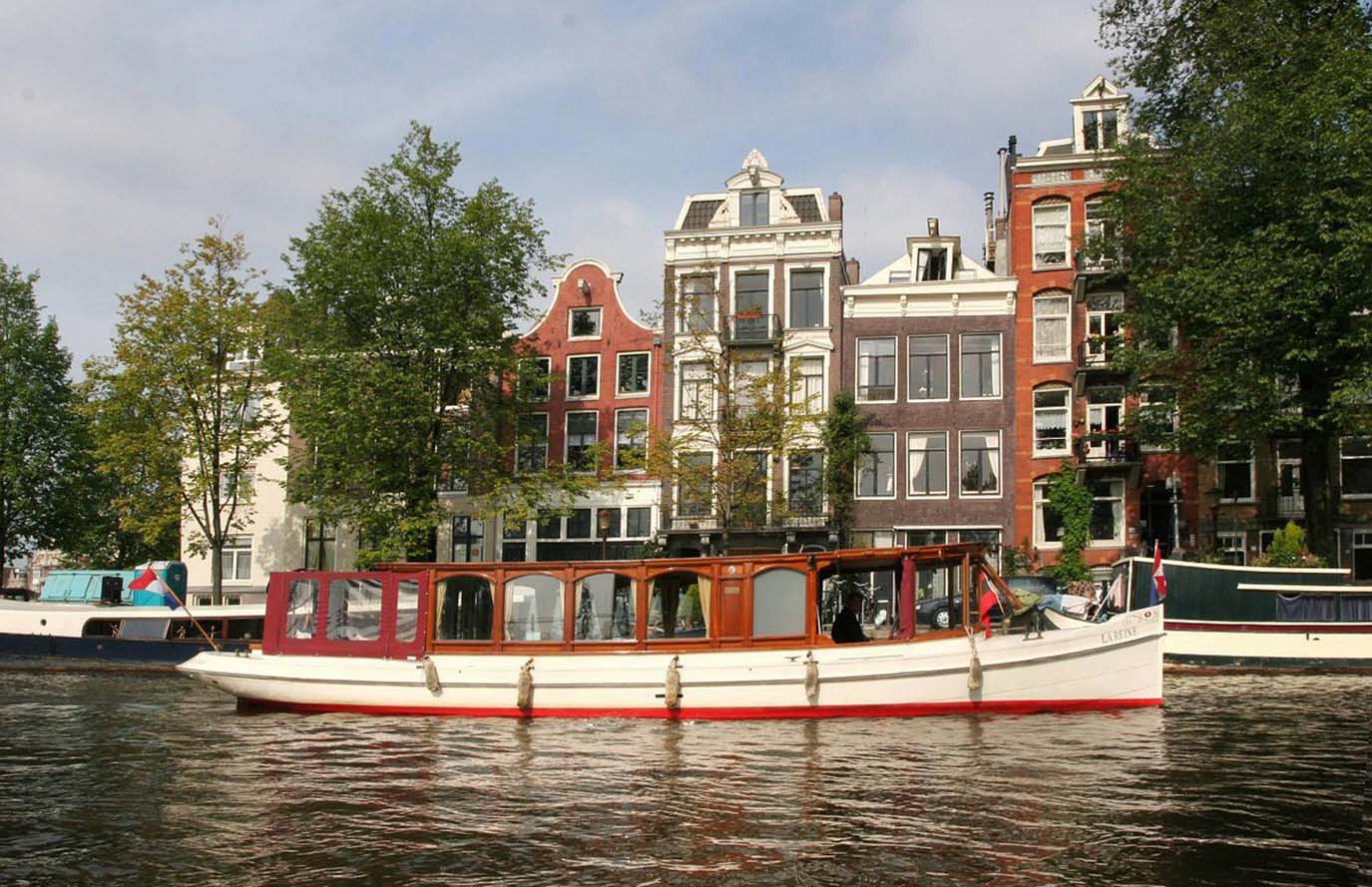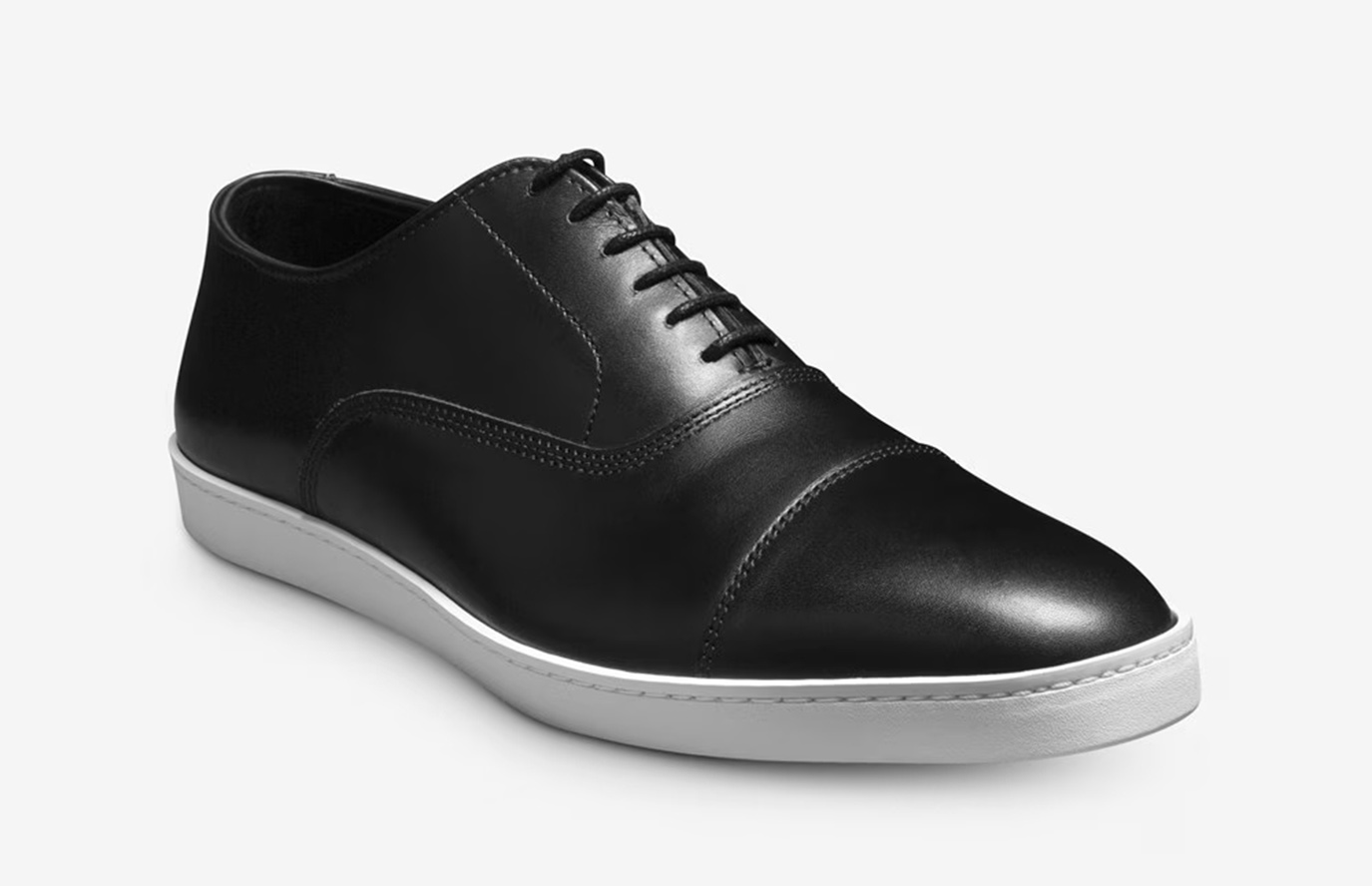Brussels is a city bursting with history, culture, and culinary delights, making it an attractive destination for travelers from all over the world. I will share tips and tricks to help you save money while enjoying everything Brussels has to offer. From transportation to local cuisine, I will cover it all, ensuring your trip is both enjoyable and budget-friendly.
Essential Packing Tips for Brussels
When traveling to Brussels, it’s essential to pack wisely. The weather can be unpredictable, with rain often making surprise appearances even in summer. Here’s what I recommend bringing along:
1. Clothing for the Weather
- Layers: Brussels can be chilly, especially in the spring and fall. I always pack layers that I can easily add or remove, such as t-shirts, long-sleeve shirts, and a light jacket.
- Comfortable Walking Shoes: The best way to explore Brussels is on foot. Invest in a pair of comfortable walking shoes, as you will be wandering cobbled streets and exploring the city’s many attractions.
- Umbrella: A compact, travel-sized umbrella is a must. I’ve found myself caught in unexpected downpours, and a small umbrella can save the day.
2. Travel Essentials
- Reusable Water Bottle: Staying hydrated is crucial, especially when walking around the city. I always carry a reusable water bottle, which I can refill at various fountains across Brussels.
- Portable Charger: With all the photos you’ll want to take and places you’ll want to navigate, a portable charger is invaluable for keeping your devices powered throughout the day.
Understanding the Local Culture
Brussels is a melting pot of cultures, influenced by its historical role as the capital of Europe. Understanding a bit about local customs can enhance your experience:
1. Language
- In Brussels, both French and Dutch are official languages, with French being more commonly spoken. A few basic phrases in French can go a long way in enhancing your interactions with locals.
2. Dining Etiquette
- Meals in Belgium can be leisurely affairs. It’s common to take your time enjoying food and conversation, so don’t rush through meals.
- Tipping is appreciated but not obligatory. Leaving a small tip or rounding up the bill is sufficient.
Currency Exchange and Budgeting
1. Currency
- Belgium uses the Euro (€), and I recommend avoiding currency exchange at the airport due to poor rates. Instead, use local ATMs to withdraw cash, ensuring you choose a bank with lower fees.
2. Budget Planning
- Set a daily budget that includes accommodation, meals, attractions, and transportation. I usually find that around €70-€100 per day can cover a modest budget, allowing for comfortable lodging, food, and some activities.
- Keep an eye on your expenses by using budgeting apps, which can help track your spending in real time.
Navigating Brussels Public Transportation
Brussels boasts an efficient public transportation system, making it easy to get around the city without breaking the bank.
1. Metro and Tram
- The Brussels Metro is fast, reliable, and covers most tourist areas. I prefer using the metro to avoid traffic, especially during rush hours.
- Trams and buses are also available and can be a scenic way to travel across the city.
2. Buying Metro Tickets
- You can buy single tickets or a “JUMP” card at ticket machines in stations. The JUMP card is reusable and can store multiple journeys, making it a convenient option.
- I recommend purchasing a day pass if you plan to travel extensively. It allows unlimited travel for 24 hours, saving you money on individual fares.
3. Comparing Transportation Options
- While taxis are available, they can be pricey compared to public transport. For short distances, consider walking or using a bike-sharing service, which is budget-friendly and lets you enjoy the sights at your own pace.
Savoring Local Street Food
Brussels is famous for its delicious street food, offering a fantastic opportunity to experience local flavors without spending a fortune.
1. Must-Try Street Foods
- Waffles: A must-have! I always indulge in a fresh Belgian waffle topped with strawberries or chocolate. Look for stalls that prepare them fresh to ensure the best quality.
- Frites: Belgian fries are legendary! Enjoy them served in a paper cone with a variety of sauces. I recommend sampling the “andalouse” sauce for a tasty twist.
- Moules-frites: While not a street food, many casual restaurants offer mussels and fries at reasonable prices, making it a delightful dining experience.
2. Street Food Safety Tips
- Always choose stalls that are busy, as high turnover usually indicates fresh food. If you see locals enjoying the food, that’s a great sign!
- Look for cleanliness in the preparation area. If a stall appears clean and organized, it’s likely a safer bet.

Getting a Local SIM Card
Staying connected while traveling is essential, and getting a local SIM card can help you avoid hefty roaming charges.
1. Purchasing a SIM Card
- I recommend purchasing a SIM card from local providers like Proximus, Orange, or BASE. You can find kiosks in the airport, but they are often cheaper in local convenience stores.
- Choose a prepaid plan that suits your needs, typically offering data and local calls. I usually opt for a plan with at least 5GB of data, which is sufficient for navigation and social media updates.
Planning a 5-Day Mini Itinerary
To help you maximize your time while enjoying Brussels on a budget, I’ve created a sample 5-day itinerary that includes popular attractions and local experiences.
Day 1: Exploring the City Center
- Morning: Visit the Grand Place and enjoy a coffee at a local café.
- Afternoon: Explore the Manneken Pis statue and the nearby Galeries Royales Saint-Hubert for some shopping.
- Evening: Try some local street food for dinner.
Day 2: Museums and Culture
- Morning: Spend time at the Royal Museums of Fine Arts. Consider visiting on a Wednesday when entry is discounted.
- Afternoon: Explore the Magritte Museum.
- Evening: Enjoy dinner at a local brasserie, sampling traditional dishes.
Day 3: Day Trip to Ghent
- Morning: Take a train to Ghent (about 30 minutes) and explore Gravensteen Castle.
- Afternoon: Stroll along the Graslei and visit St. Bavo’s Cathedral.
- Evening: Return to Brussels and enjoy a quiet evening.
Day 4: Parks and Relaxation
- Morning: Visit Parc du Cinquantenaire and explore the Royal Army and Military History Museum.
- Afternoon: Head to Bois de la Cambre for a picnic lunch.
- Evening: Relax with a walk around the park.
Day 5: Local Markets and Farewell
- Morning: Explore the Marché du Midi, a vibrant local market, and sample fresh produce.
- Afternoon: Visit the Atomium and take photos.
- Evening: Enjoy a farewell dinner at a cozy restaurant.
Adjusting Your Budget
As you navigate your travels, it’s essential to remain flexible with your budget. Here are some tips:
1. Be Prepared for Unplanned Expenses
- I always set aside a small emergency fund for spontaneous activities or meals. This way, I can indulge without guilt if an unexpected opportunity arises.
2. Utilize Discounts and Passes
- Look for city passes that offer entry to multiple attractions at a discounted rate. The Brussels Card is an excellent option, granting access to over 30 museums and public transport for a set number of days.
Recommended Day Trips
If you have the time, consider these nearby cities for day trips from Brussels:
1. Bruges
- Just an hour away by train, Bruges is a fairy-tale city with its canals and medieval architecture. I recommend visiting the Belfry and enjoying a boat tour.
2. Antwerp
- Known for its diamond district and vibrant art scene, Antwerp is another fantastic day trip option. The Cathedral of Our Lady and Antwerp Zoo are must-see attractions.
Recommended Travel Insurance
Travel insurance is a vital consideration for any journey. I highly recommend World Nomads insurance for its comprehensive coverage options. Here’s why:
1. Coverage
- World Nomads offers coverage for trip cancellations, medical emergencies, and lost belongings, ensuring peace of mind while traveling.
2. Adventure Activities
- If you plan to partake in activities like hiking or cycling, their policies cater specifically to adventure travelers, providing adequate coverage for more active pursuits.
3. Flexible Plans
- Their flexible plans allow for changes even after your trip has started, which I find especially useful for last-minute adjustments.

Personal Reflections
Traveling to Brussels has always been a delightful experience for me. The city’s rich history, friendly locals, and delectable food make it a unique destination. By following these tips and being mindful of my budget, I can enjoy all the city offers without overspending.
Remember, every journey is a personal experience, and while I have shared my tips, it’s essential to find what works best for you. I encourage you to explore, savor, and immerse yourself in the vibrant culture of Brussels, all while keeping your finances in check. Happy travels!



